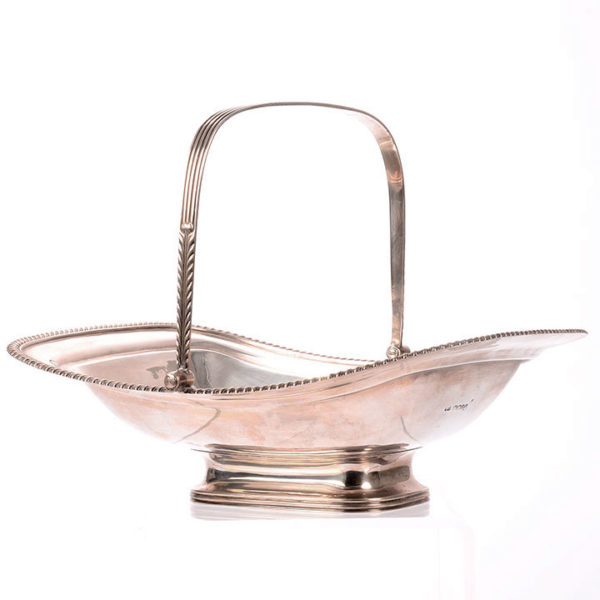Hester Bateman had six children: John Joseph, Letitia, Ann, Peter, William, and Jonathan. Jonathan and Peter worked with their mother to maintain the silver business in London. They were famous for their household silver, and made teapots, salt cellars, cutlery, ink wells and more. They paid attention to trends in design, and their items became popular with the middle class.
